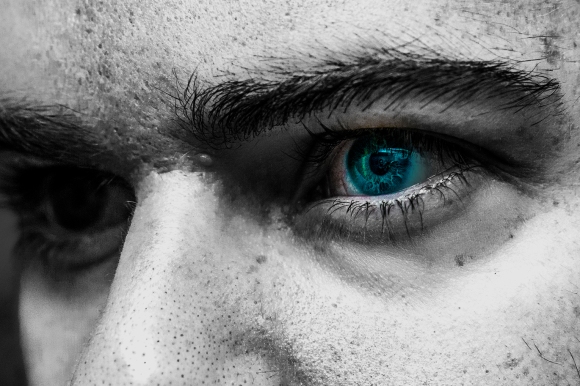Hot spring sunlight is beginning to appear in Vancouver. As the Earth spins 15 degrees per hour into early April, panels of fierce daylight are beginning to strafe across buildings and intersections, illuminating odd angles and skewing city lines. Increasingly, our inlets and mountaintops are awash in hot sun.
Like many Vancouverites at this time of year, I often find myself pinned into place on Vancouver street corners in awe of this forgotten solar brilliance.
In these brief moments of illumination, I often look around me and mentally inquire: “Are you marvelling at vast majesty of the gigantic perpetual explosion raging 149.6 million kilometres away? I sure am!”
No one seems to be as interested in the sun as I am. But, if you’re finding yourself sun-staring, awestruck by our system’s beautiful star, heed my advice: don’t look directly at the sun.
Why you shouldn’t stare directly at the sun: solar retinopathy
When you stare directly at the sun, you are literally burning holes in your retinas.
When sunlight enters the eye, the cornea and aqueous solution in your eye absorb most wavelengths of light, protecting the rear-located retina from damage. However, UV-A and longer-wavelengths of visible light can traverse the eye and create photooxidative burns on the retina. This is called ‘solar retinopathy’.
The How
Within the retina, a specialized pigmented layer called the retinal pigmented epithelial (RPE) produces melanosomes that protect against harmful light radiation. Melanosomes absorb the energy from incoming photons BUT produce harmful oxidative oxygen species as a by-product. These species are similar to those produced when you metabolize alcohol, cigarette smoke, or pollutants, except they’re IN YOUR EYEBALL.
When you stare at the sun for longer than a second, these photo-oxidative chemicals begin to accumulate. Stare at the sun long enough (i.e.: when people don’t take the necessary precautions when viewing an eclipse), and the chemical burn becomes more severe, literally burning holes in your retina.
Sun-spots and other retinal damage can persist from minutes to days to years, and serious damage can even be permanent. Solar retinopathy can even reduce overall visual accuity (overall sharpness of vision as tested by eye charts)
Be nice to your retinas
Retinas are actually out-budded from the central brain mass during development, which technically makes them part of the central nervous system. These tiny cups of outgrown brain have evolved to perceive and transmit radiative light, and they’re counting on you to not irreversibly damage them by being an idiot.
So, next time you’re outside and under the sun, try and remember to not burn holes in your eyballs.
Don’t forget: it’s always sunglasses season.




